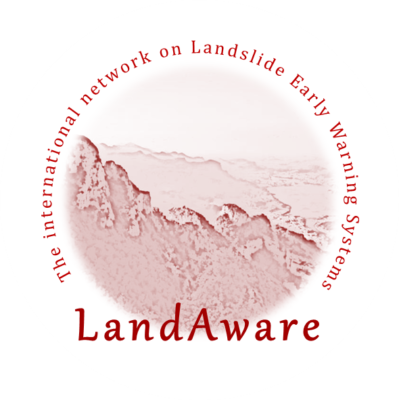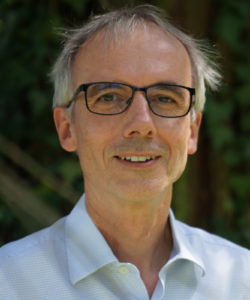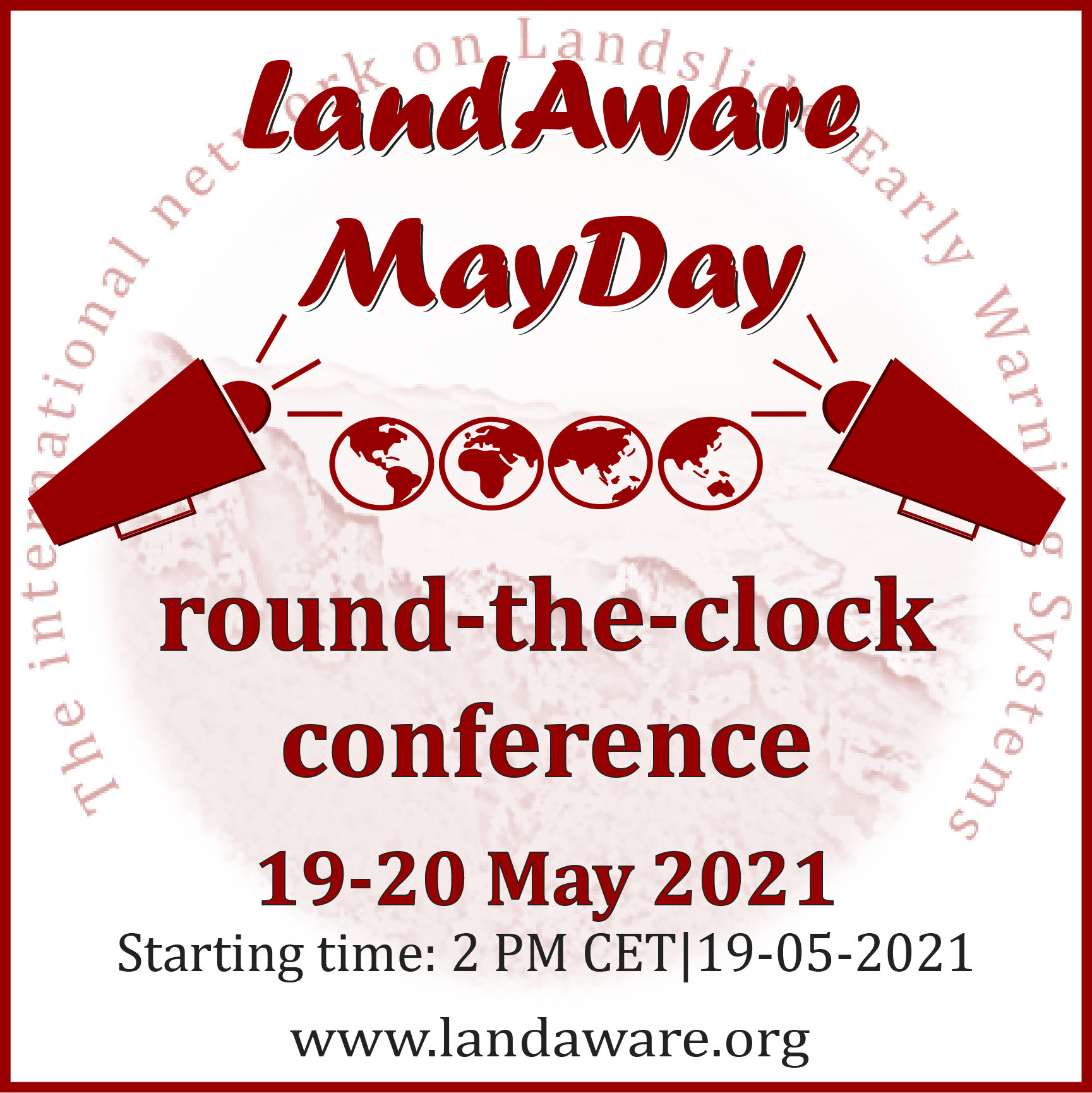
 For today’s interview, it gives me great pleasure to host Dr Manfred Stähli, who will tell us about a new initiative in the field of Landslide Early Warning Systems (LEWS), which is attracting the attention and participation of researchers from many countries. This initiative is called LandAware.
For today’s interview, it gives me great pleasure to host Dr Manfred Stähli, who will tell us about a new initiative in the field of Landslide Early Warning Systems (LEWS), which is attracting the attention and participation of researchers from many countries. This initiative is called LandAware.
Manfred is a senior scientist in mountain hydrology, slope stability and early warning systems at the Swiss Federal Research Institute (WSL). One of his main research interests concerns the exploitation of soil moisture information to detect early critical hydrological conditions, which enables droughts and slope instabilities at the regional scale. In this context, he’s working at the interface between research and operational services of natural hazards in Switzerland. Manfred obtained his PhD in Soil Physics at the Swedish University of Agriculture, Uppsala (SLU). Nowadays, he is heading a research unit of approximately 50 researchers, at WSL, in Mountain Hydrology and Mass Movements. This unit has developed and evaluated early-warning systems for debris flows, storm flows and landslides for many years.
Hi Manfred, and thank you for being here. Would you tell us when, how and why LandAware was born?
LandAware (link to www.landaware.org) was born as a sharing and networking initiative to respond to the increasing worldwide need to cope with natural hazards and reduce the corresponding risks. The first meeting of researchers and practitioners of municipal, regional, and national Landslide Early Warning Systems (LEWS) from ten countries took place in Oslo, Norway, in 2016 to exchange knowledge, experiences, challenges, and best practices. A follow-up workshop took place in January 2020 in Perugia (Italy) to consolidate the idea of formally establishing a permanent international network of LEWS professionals. In the following months, a steering committee was formed and in July 2020 the network was born. I am happy to inform you that currently, LandAware has more than 200 members from 46 countries, covering all five continents.
What’s the scope/aim of LandAware?
LandAware is an international network of professionals (for example, managers, researchers, stakeholders) working with Landslide Early Warning Systems (LEWS). Our primary purpose is to share experiences, needs and innovations among LEWS experts and develop and promote guidelines and best practices for upcoming LEWS. The core of our activities is the working groups. They are dedicated to specific attributes or challenges of regional and local LEWS, such as the availability and implementation of new data sets, the target-oriented and intelligible communication of warnings, or the role of innovations in the daily operation of landslide warning services. Currently, we work in seven active working groups and are open to additional proposals. The activities of LandAware are fully carried by its members and the membership is free for everybody (link to https://www.landaware.org/about/membership/ ).
How are the work and network organised?
The network was established during the spreading of the COVID pandemic, which means that all LandAware’s activities have been online so far. In December 2020, we organised a kick-off event to initiate the discussion among different working groups of LEWS, and it was a great hit!! We are looking forward to our main round-the-clock conference, which will occur on 19-20th May 2021: it is called MayDay (link to https://www.landaware.org/mayday-2021/) and will bring the entire community together in the course of a 24-hour program.

The MayDay will be an intriguing and engaging workshop that will include discussions, network-wide activities and special events. The workshop will be held online and is open not only for LandAware members but also for other interested people. For free registration, see https://forms.gle/WNcT8tudqpVTmSd36.
The activities of LandAware are fully carried by its members and the membership is free for everybody.
How do you judge the current situation about operational landslide warnings worldwide?
There are numerous good and long-standing examples of national/regional Landslide Early Warning Systems (LEWS) around the world. For example, the oldest one is in Hong Kong, and the most recent systems are in Indonesia and Scotland. Other consolidated warning systems have been reported from Rio de Janeiro, Norway, the USA, Taiwan and Italy. However, it seems to me that the quality of services still varies widely. For example, in Norway, the landslide warning is well developed and integrated into the hydrological warning service, while in other countries it still operates with very modest means and with little coordination. Moreover, shared standards for the definition and validation of prediction models and the preparation and delivery of warning messages are still missing. One of the aims of LandAware is to fill these missing gaps. Furthermore, some national warning systems have recently adopted initiatives that also consider the current insight into climate change’s consequences in their operational procedures. A good example is Switzerland, where the federal office will develop a national warning system for slope instabilities by 2025.
What perspectives and possibilities do you see for the future of Landslide Early Warning Systems (LEWS)?
The research field is extraordinarily interdisciplinary and involves much more than geo-mechanical principles or meteorological forecasts. The latter is sometimes somewhat forgotten when considering traditional landslide warning services. Currently, I am observing exciting developments in the use of seismic or acoustic signals that indicate slope movements. Or in-depth analyses of soil moisture information, whether by remote sensing or in-situ soil moisture monitoring networks, seem to have a great potential that is currently underutilised. The question naturally arises as to how such innovations can be embraced by Landslide Early Warning Systems (LEWS) operators and integrated into existing systems. We are discussing this in LandAware in one of the working groups.
We are looking forward to our main round-the-clock conference, which will occur on 19-20th May 2021: it is called MayDay.
What do you hope LandAware will achieve in the coming years?
It is my great hope that we will succeed in generating an active and interdisciplinary exchange between researchers and LEWS operators. The great challenge is finding a common language and spanning significant differences in natural conditions and warning capacities worldwide. In addition, I hope that we can also promote young experts in this subject area. If LandAware can contribute to a more robust and diverse landslide warning landscape worldwide in five to ten years, I would clearly state that this is a success.
Post edited by Giulia Roder, Shreya Arora, Valeria Cigala
